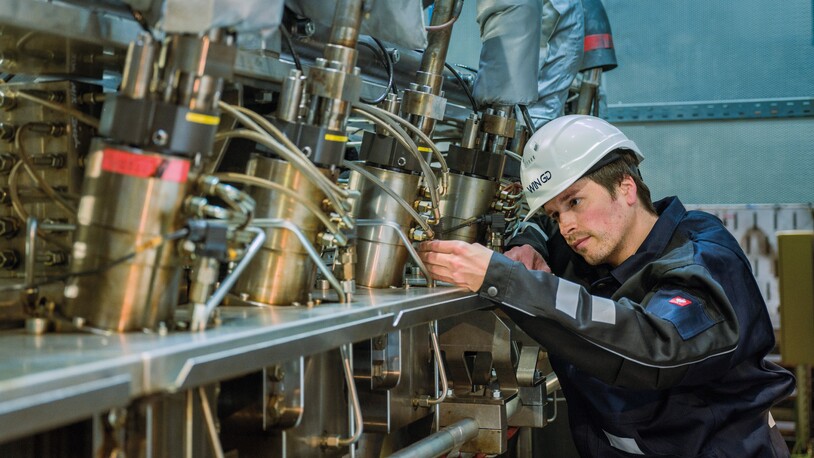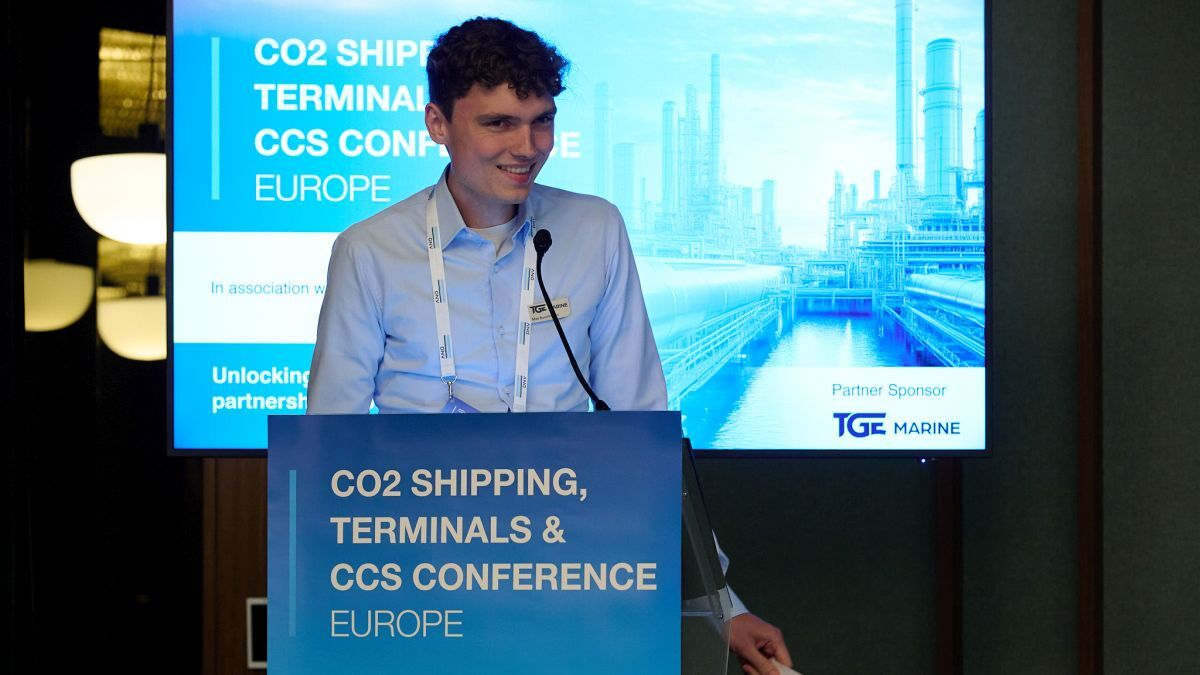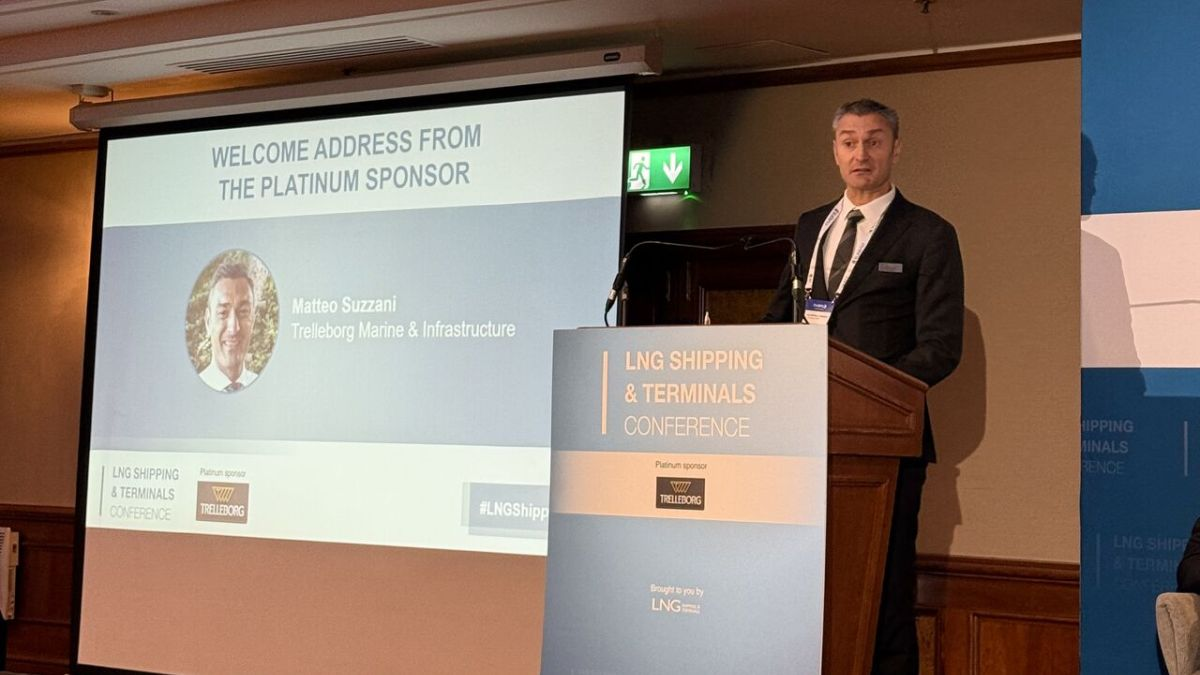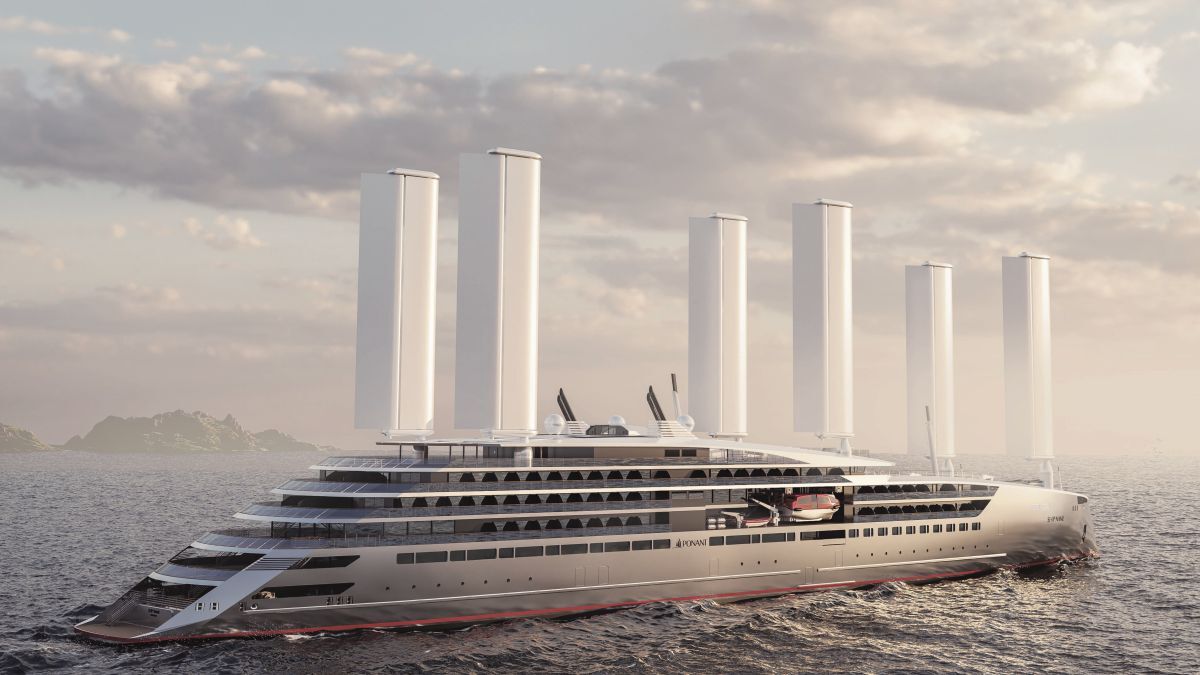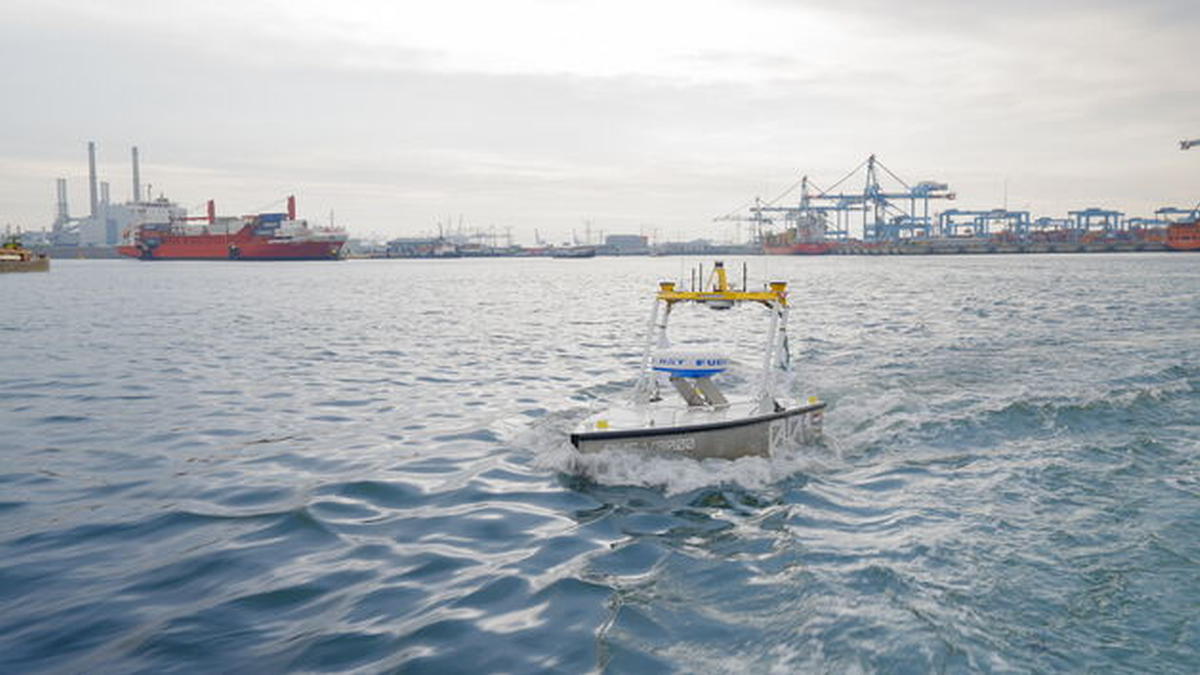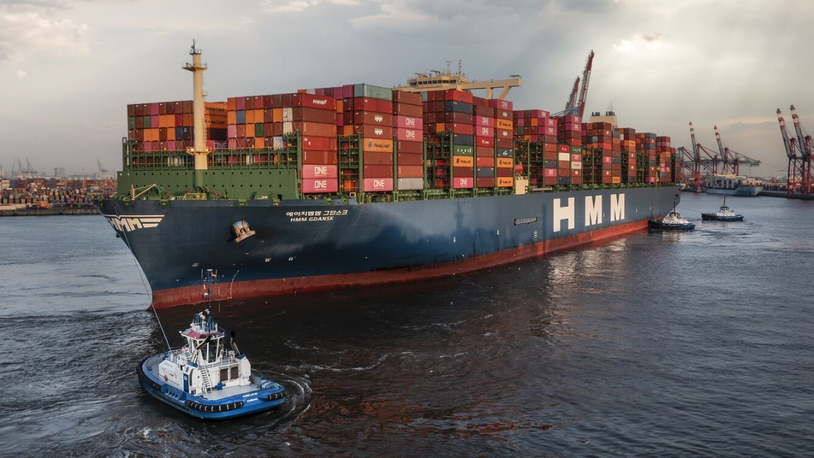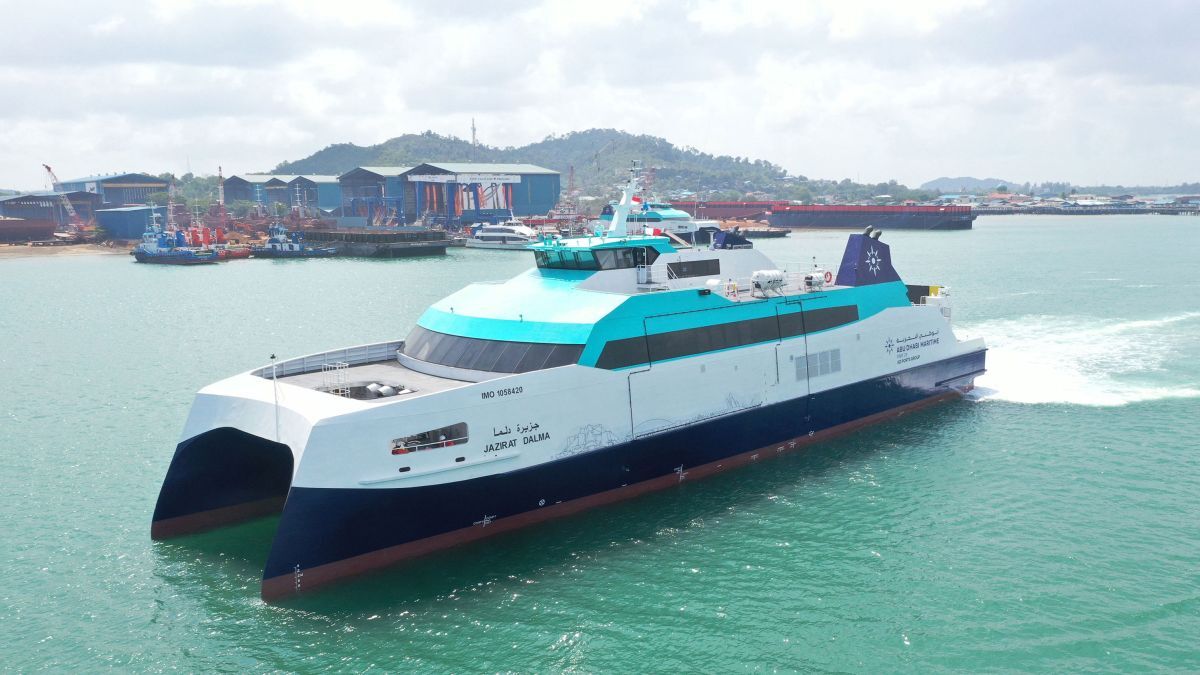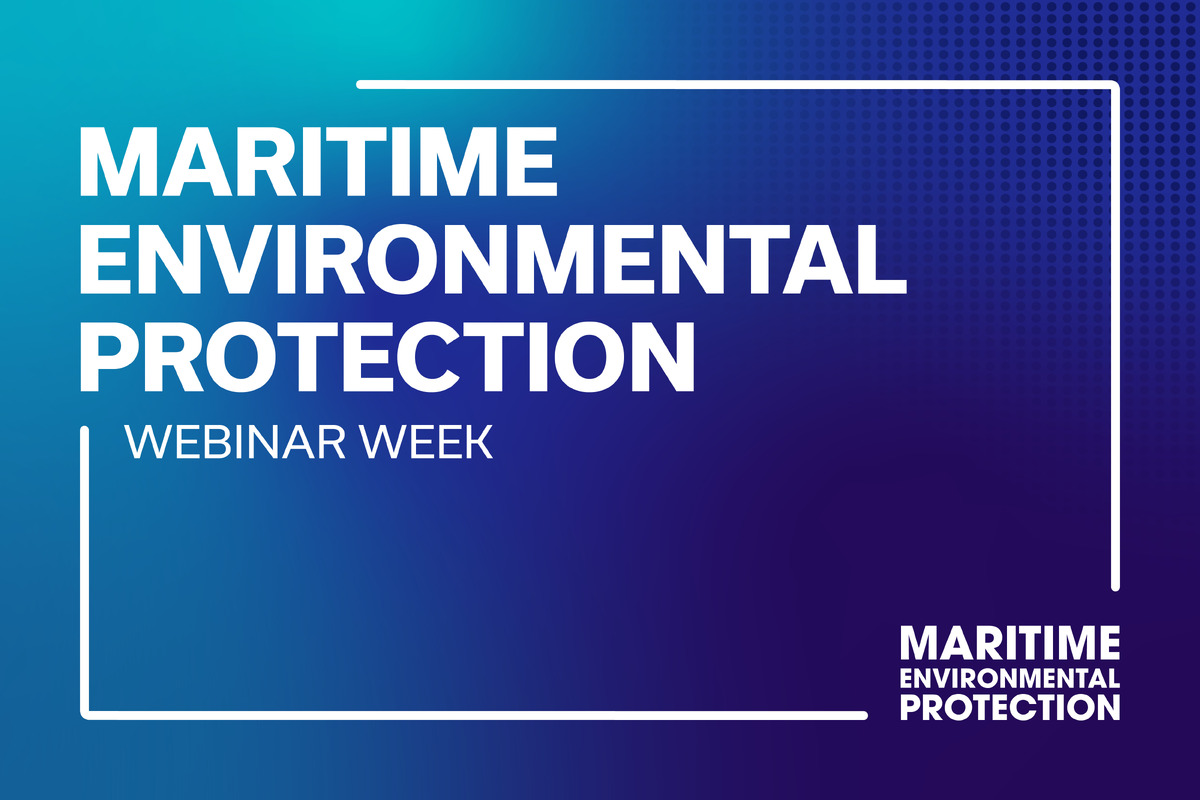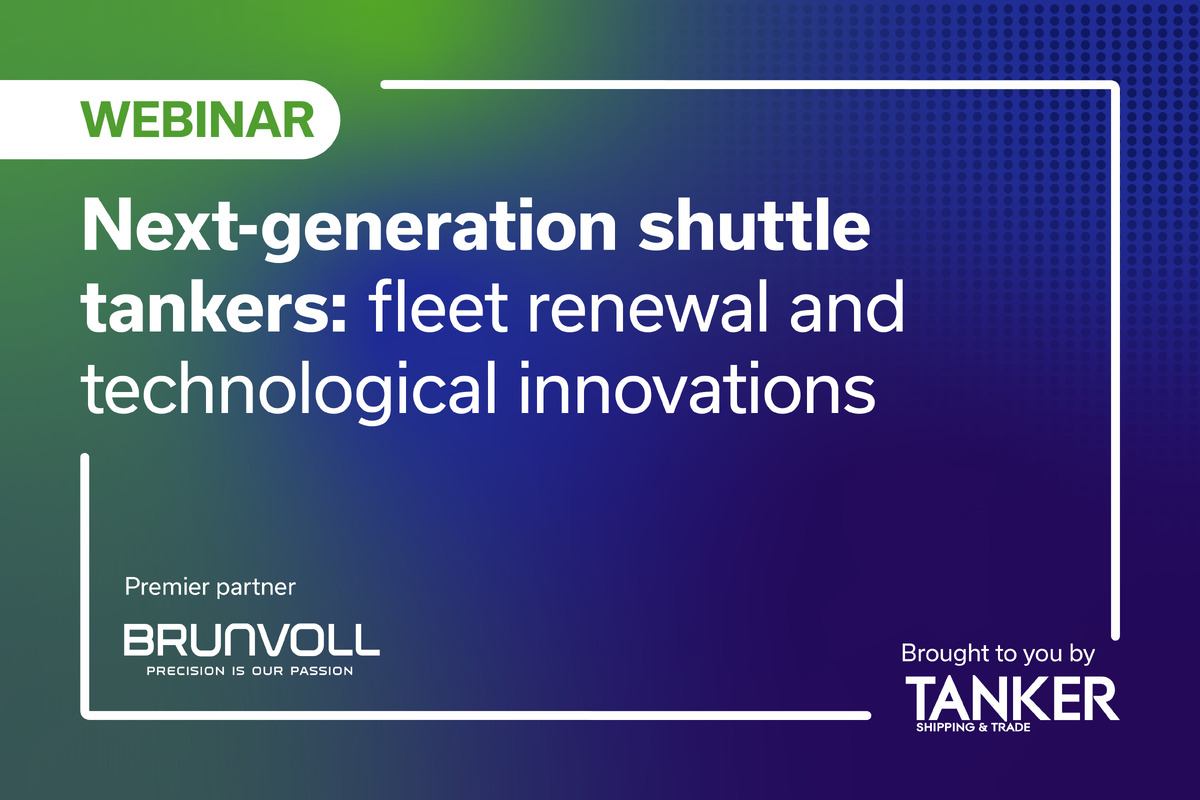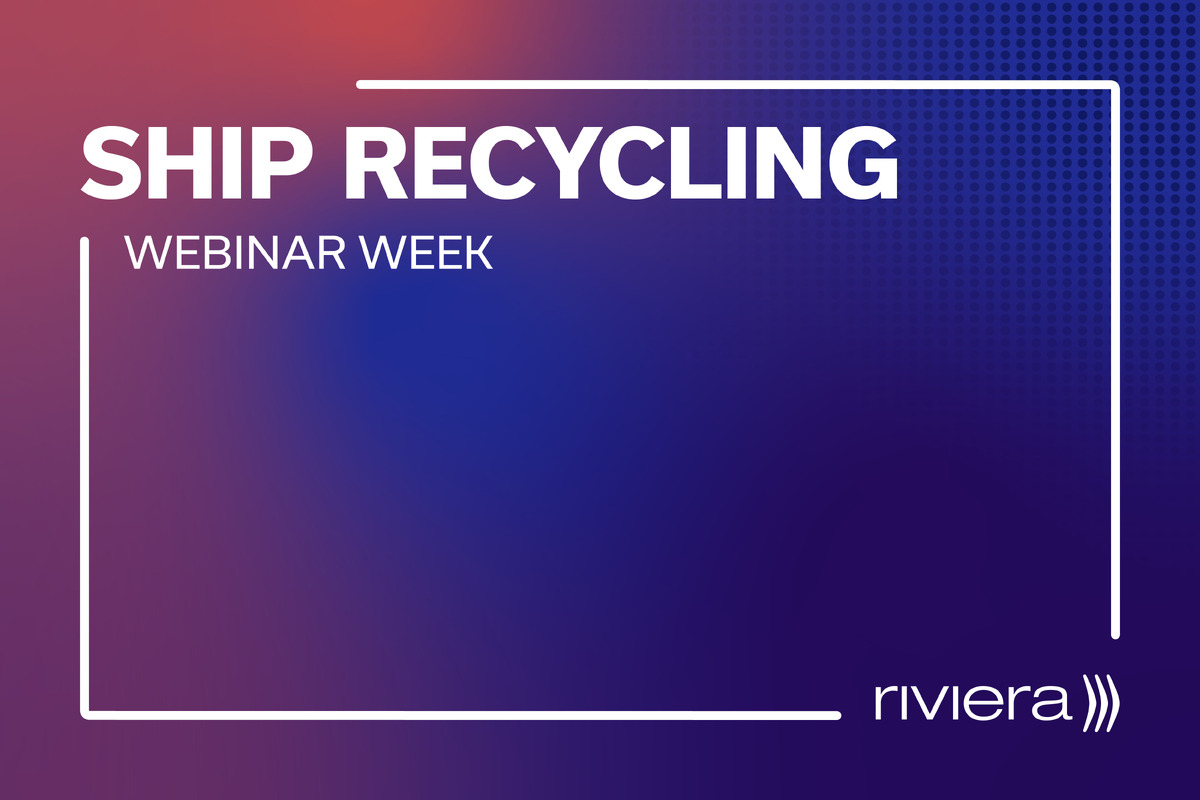Business Sectors
Events
Marine Coatings Webinar Week
Contents
Register to read more articles.
Scalable shore power for passenger vessels
e1 Marine executive director Dave Lee explains how using alternative power sources for shore power can overcome obstacles
As passenger vessel traffic grows and new vessels that employ electrification come into service, so does the demand for reliable shore power, placing increasing pressure on ports to expand infrastructure while reducing emissions.
With the EU mandating all container and passenger ships over 5,000 gt must connect to shore power at Trans-European Transport Network ports by 2030, the clock is ticking. Many ports are already rolling out grid-based shore power, but scaling these systems to meet growing energy demands is easier said than done.
Plugging into reality
Shore power is an effective method for reducing emissions while vessels are docked. However, its success depends on one crucial factor: grid capacity. Retrofitting or expanding port infrastructure does not come cheap, and even where grid access is available, many ports continue to struggle to supply power to multiple vessels simultaneously. According to the European Sea Ports Organisation, large-scale electrification remains a significant challenge, especially in high-traffic regions.
Large passenger vessels, such as cruise ships, can require multi-megawatt power while at berth, placing a significant strain on the system. While we are seeing increasing initiatives and solutions to meet these high-power demands, smaller sightseeing vessels and ferries have more modest power needs. This opens the door to alternative solutions that can free up grid capacity for the heavy hitters.
Methanol-to-hydrogen reforming
Ports need solutions that are both scalable and flexible, and methanol-to-hydrogen reforming fits the bill. This technology enables ports to generate fuel-cell-grade hydrogen onsite and on demand, cutting emissions without relying on the grid.
For smaller passenger vessels up to 2,000 gt, methanol-to-hydrogen reforming offers a dual deployment option: as a containerised shore power system to supply off-grid power for various port operations, including powering equipment, charging battery-electric vehicles, and providing backup power, or installed on board vessels to work alongside batteries for rapid recharging and extended operational range.
Since methanol is already available at more than 125 ports worldwide, this solution bypasses hydrogen storage and distribution challenges, making it a practical, near-term solution. For vessels requiring a hotel load of up to 150 kW, methanol-to-hydrogen reformers offer a reliable energy source without overloading the grid.
Compared with diesel auxiliary engines, methanol-to-hydrogen reformers eliminate 99% of EPA-regulated pollutants (NOx, SOx, particulate matter, hydrocarbons and carbon monoxide) and reduce greenhouse gas emissions by up to 85% with green methanol. That’s a big win for air quality, especially in busy ports where workers and local communities are exposed to emissions daily.
If ports embrace alternative power sources, they can ease grid demand and ensure high-capacity shore power is reserved for the vessels that need it most. This isn’t about replacing traditional shore power but optimising its use by balancing the load across different vessel types.
To make this happen, policy needs to catch up. Current regulations rightly focus on high-power grid connections for large vessels, but they are missing the opportunity to support flexible, modular solutions for smaller ones. A more technology-neutral approach would encourage investment in scaleable alternatives that can roll out quickly, helping ports and operators meet decarbonisation targets faster.
The maritime industry must move beyond a one-size-fits-all approach to shore power. As 2030 approaches, the focus must shift from whether alternative shore power solutions should be implemented to how quickly they can be deployed to meet regulatory and sustainability targets.
Sign up for Riviera’s series of technical and operational webinars and conferences:
- Register to attend by visiting our events page.
- Watch recordings from all of our webinars in the webinar library.
Related to this Story
Events
Marine Coatings Webinar Week
Maritime Environmental Protection Webinar Week
Ship Recycling Webinar Week
© 2024 Riviera Maritime Media Ltd.

